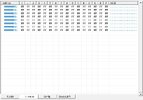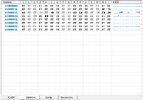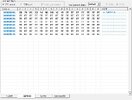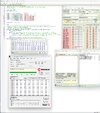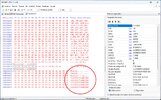Hello Senior Member,
I wish to write hex files (EDATA (EEPROM Memory Write)).
Mean :
I write into a my code hex file, something like on below :
Then once the code is generated, I get the hex file result.
this hex file, we can see on a Debugger into EEProm with AScii text "Sample", but it won't work.
Tried to an user manual, but there is AScii
I Did not expect to write like this, but I tried this and it didn't work either.
So I hope and need help from you seniors here.
Thanks.
Mini
I wish to write hex files (EDATA (EEPROM Memory Write)).
Mean :
I write into a my code hex file, something like on below :
Code:
Symbol AScii_Hexa = 20
EData AScii_Hexa, $53 $61 $6D $70 $6C &65Then once the code is generated, I get the hex file result.
this hex file, we can see on a Debugger into EEProm with AScii text "Sample", but it won't work.
Tried to an user manual, but there is AScii
Code:
Dim i As Word
i = Asc("ABC")So I hope and need help from you seniors here.
Thanks.
Mini
